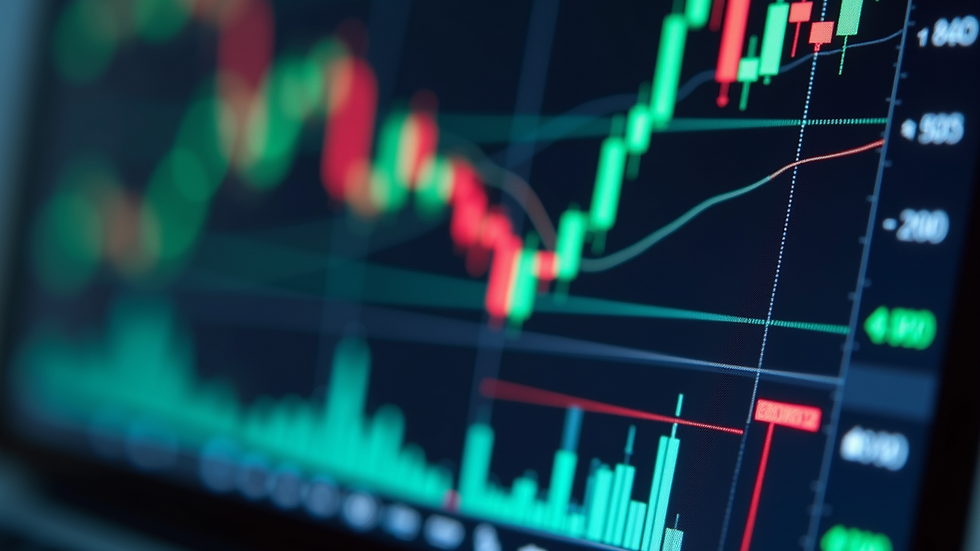Gold Autocorrelation: Understanding the Relationship and Predicting Price Movements
- forex368

- Apr 24, 2023
- 3 min read
Title: Gold Autocorrelation: Understanding the Relationship and Predicting Price Movements
Introduction:
At our platform, we believe in analysing and providing opinions on various asset prices, and one of our favourites is gold. Often referred to as "the sum of all fears," gold has a unique characteristic of strongly correlating with acute market worries in the short term. This article aims to delve into the concept of gold autocorrelation, its implications, and the factors that influence its price. We'll also explore the significance of the unit of measurement, the opportunity cost of ownership, and the correlation with real rates.
Gold as "the Sum of All Fears":
While gold itself is not typically called "the sum of all fears," this phrase holds a deeper meaning. It originates from the title of a novel by Tom Clancy, highlighting the dangers that can arise when individuals and nations become excessively focused on accumulating wealth and power. In the context of gold, it symbolizes the underlying anxieties and uncertainties that drive investors towards this precious metal during times of market turbulence, making it a safe-haven asset.
Understanding Gold Autocorrelation:
Gold exhibits strong autocorrelation, which means that its price tends to follow a certain pattern over time. Autocorrelation measures the correlation between the price of gold at a specific point in time and its past prices at different time intervals. By analysing autocorrelation, we can assess the predictability of gold's price movements. High autocorrelation suggests a more predictable pattern, while low autocorrelation indicates greater unpredictability and random fluctuations.
Factors Influencing Gold's Price:
When short-term factors like market panics and manias subside, two primary factors come into play for gold: the unit in which it is measured and the opportunity cost of ownership. The strength of the currency in which gold is priced is crucial because gold serves as a hard money alternative to fiat currencies. It acts as a safeguard against currency fluctuations, protecting investors' portfolios. Additionally, gold ownership comes with a small negative yield, which is associated with storage costs. As a result, gold inversely correlates with real interest rates.
Mathematical Models and Gold Price Predictions:
Mathematical models based on US real rates and the dollar have proven to be effective in predicting the price level of gold. These models closely track the relationship between gold prices and factors like real rates and the strength of the dollar. However, it's important to note that there can be brief periods of dislocation between the predicted price and the actual price. Currently, gold is trading at a substantial premium, indicating a potential divergence from the predicted price.
Future Outlook:
Considering the various factors at play, it becomes crucial to analyse the next potential direction for gold. Factors such as market sentiment, economic indicators, inflation expectations, and geopolitical developments can all influence the future price of gold. Staying informed and monitoring these factors will help investors make informed decisions about their gold investments.
Conclusion:
Gold's autocorrelation and its role as a safe-haven asset during market turmoil make it an intriguing investment option. The unit of measurement and the opportunity cost of ownership play significant roles in shaping gold's price movements. Additionally, mathematical models based on real rates and the dollar provide valuable insights into predicting gold prices. However, it is essential to recognize that short-term dislocations can occur between predicted and actual prices. By keeping a close eye on the market and considering various factors, investors can gain a better understanding of gold's future direction and make informed investment decisions.




